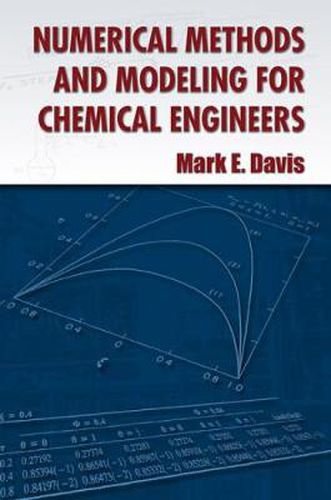Readings Newsletter
Become a Readings Member to make your shopping experience even easier.
Sign in or sign up for free!
You’re not far away from qualifying for FREE standard shipping within Australia
You’ve qualified for FREE standard shipping within Australia
The cart is loading…






This text introduces computational tools for solving differential equation models that arise in chemical engineering: diffusion-reactions, mass-heat transfer, and fluid flow. Geared toward advanced undergraduates or graduate students of chemical engineering studying applied mathematics, the treatment focuses on numerical methods and modeling implemented in commercial mathematical software available at the time of its initial publication in 1984. The introductory-level approach outlines numerical techniques for differential equations that either illustrate a computation property of interest or form the underlying methods of a computer software package. Readers are assumed to have a basic knowledge of mathematics, and results requiring further background feature appropriate references. Each chapter includes illustrative examples, and problems at the chapter’s end simulate industrial mathematics projects and form extensions of the examples. Helpful appendixes supplement the text.
$9.00 standard shipping within Australia
FREE standard shipping within Australia for orders over $100.00
Express & International shipping calculated at checkout
This text introduces computational tools for solving differential equation models that arise in chemical engineering: diffusion-reactions, mass-heat transfer, and fluid flow. Geared toward advanced undergraduates or graduate students of chemical engineering studying applied mathematics, the treatment focuses on numerical methods and modeling implemented in commercial mathematical software available at the time of its initial publication in 1984. The introductory-level approach outlines numerical techniques for differential equations that either illustrate a computation property of interest or form the underlying methods of a computer software package. Readers are assumed to have a basic knowledge of mathematics, and results requiring further background feature appropriate references. Each chapter includes illustrative examples, and problems at the chapter’s end simulate industrial mathematics projects and form extensions of the examples. Helpful appendixes supplement the text.